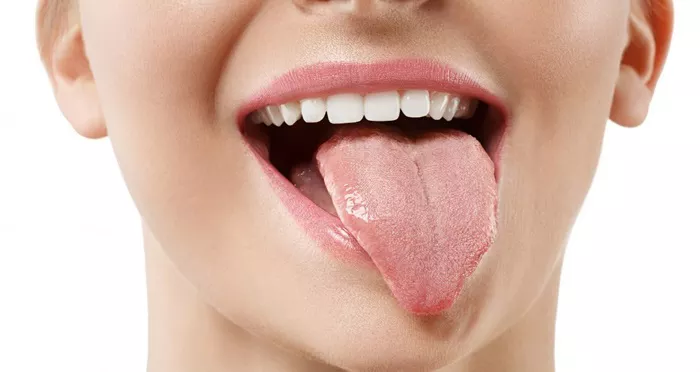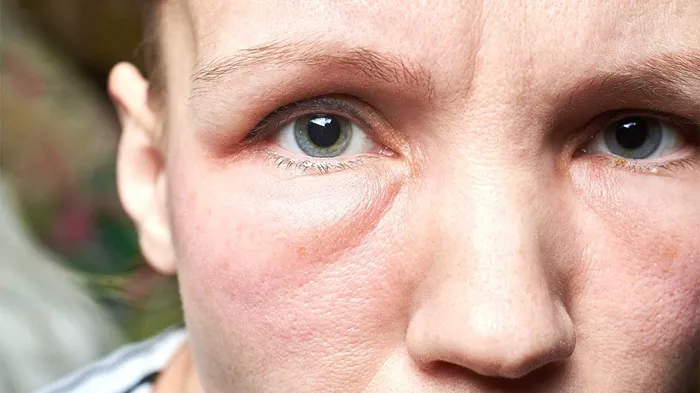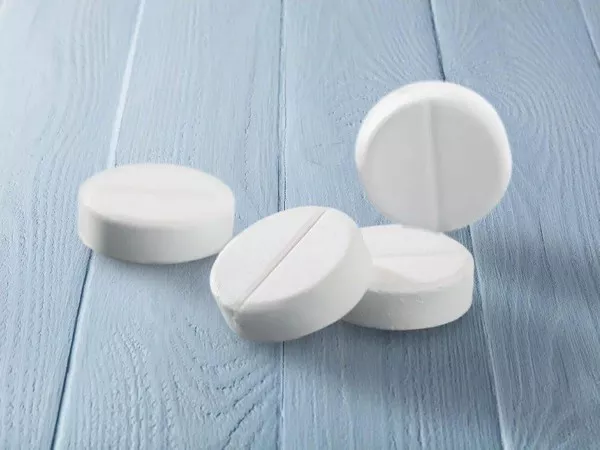Cleansing oil has become an essential product in many people’s skincare routines. It is highly effective in removing makeup, dirt, and excess oil from the skin, leaving it clean and refreshed. However, using cleansing oil properly is crucial to achieve the best results and avoid potential skin problems. In this article, we will explore the ins and outs of using cleansing oil correctly, from understanding its benefits and types to the step – by – step application process.
Understanding Cleansing Oil
What is Cleansing Oil?
Cleansing oil is a type of facial cleanser formulated with natural oils, such as olive oil, jojoba oil, or argan oil, along with other ingredients like emulsifiers. These oils have the ability to dissolve makeup, sebum (the skin’s natural oil), and dirt on the skin’s surface. The emulsifiers in the cleansing oil allow it to mix with water, which is essential for rinsing off the oil and the impurities it has collected.
Benefits of Cleansing Oil
Deep Cleansing: Cleansing oil can penetrate deep into the pores, effectively removing stubborn makeup, including waterproof mascara and long – lasting foundation. It also helps to clear out dirt and oil that can clog pores, reducing the risk of acne and blackheads.
Gentle on Skin: Contrary to what some people may think, cleansing oil is often gentle on the skin. Natural oils can help to moisturize the skin while cleansing, preventing it from becoming dry and tight. This makes it suitable for various skin types, including sensitive skin.
Smooth Texture: The texture of cleansing oil is smooth and luxurious, providing a pleasant cleansing experience. It glides easily over the skin, allowing for a thorough and gentle massage during the cleansing process.
Types of Cleansing Oil
Natural Oil – Based Cleansers: These are made primarily from natural plant – derived oils. For example, olive oil – based cleansing oils are rich in antioxidants and can be great for dry skin as they provide extra moisture. Jojoba oil – based cleansing oils are similar to the skin’s natural sebum, making them suitable for most skin types, including oily skin as they can help regulate sebum production.
Synthetic Oil – Based Cleansers: These contain synthetic oils that are designed to mimic the properties of natural oils. They often have a more stable formula and can be more effective in removing certain types of makeup. However, some people with sensitive skin may be more prone to reactions from synthetic ingredients.
Cleansing Oil with Added Ingredients: Some cleansing oils come with added ingredients such as vitamins (like vitamin E for its antioxidant properties), plant extracts (such as green tea extract for its anti – inflammatory effects), or essential oils (for fragrance and additional benefits). These added ingredients can enhance the cleansing oil’s performance and provide additional skincare benefits.
Preparing for Cleansing
Choosing the Right Cleansing Oil
Skin Type Consideration
Dry Skin: Look for cleansing oils rich in nourishing and hydrating oils like avocado oil or shea butter. These will help to replenish the skin’s moisture while cleansing.
Oily Skin: Opt for cleansing oils with light – weight oils such as grapeseed oil or jojoba oil. These can help to dissolve excess oil without leaving the skin feeling greasy.
Combination Skin: Choose a cleansing oil that can address both the oily and dry areas of the skin. A blend of different oils, like a combination of olive oil for the dry areas and rice bran oil for the oily areas, can be a good option.
Sensitive Skin: Select a cleansing oil that is fragrance – free and contains gentle, natural ingredients. Oils like sweet almond oil are known for their gentle nature and are less likely to cause irritation.
Allergy and Sensitivity Check: Before using a new cleansing oil, it’s advisable to perform a patch test. Apply a small amount of the cleansing oil on a small area of your skin, such as the inner wrist, and leave it on for 24 – 48 hours. If there is no redness, itching, or irritation, it’s likely safe for you to use on your face.
Gathering the Necessary Tools
Clean Hands: Your hands are the primary tool for applying cleansing oil. Make sure they are clean and free of any dirt or debris. Wash your hands thoroughly with soap and warm water before starting the cleansing process.
Warm Water: You will need warm water to rinse off the cleansing oil. Warm water helps to open up the pores and allows the cleansing oil to be easily removed. Use a clean washcloth or your hands to splash warm water on your face.
Clean Towel: Have a clean, soft towel ready to pat your face dry after rinsing off the cleansing oil. Avoid rubbing your face vigorously with the towel, as this can cause irritation.
The Step – by – Step Process of Using Cleansing Oil
Step 1: Dry Face Application
Start with a dry face. This is important because the cleansing oil needs to be applied to dry skin to effectively dissolve makeup and dirt. If your face is wet, the cleansing oil may not be able to fully interact with the impurities on your skin.
Dispense an appropriate amount of cleansing oil onto your dry palms. The amount may vary depending on the size of your face and the type of cleansing oil. As a general rule, 2 – 3 pumps of cleansing oil should be sufficient for most people.
Rub your palms together gently to warm up the cleansing oil. This helps to make the oil more spreadable and allows it to glide more easily over your skin.
Step 2: Massaging the Cleansing Oil onto the Skin
Gently apply the warmed – up cleansing oil to your dry face. Start with the forehead and work your way down to the cheeks, nose, chin, and then the jawline. Use circular motions to massage the cleansing oil into your skin. The circular motions help to break down the makeup and dirt, and also stimulate blood circulation in the skin.
Pay special attention to areas with more makeup or oil, such as the eyelids, lips, and T – zone. For the eyelids, be very gentle to avoid pulling on the delicate skin. Use your ring finger to gently massage the cleansing oil onto the eyelids, moving from the inner corner to the outer corner.
Massage the cleansing oil into your skin for about 60 – 90 seconds. This gives the oil enough time to dissolve the makeup and dirt thoroughly. However, don’t over – massage, as this can cause irritation, especially for sensitive skin.
Step 3: Emulsification
After massaging the cleansing oil into your skin, wet your hands with warm water. Then, gently massage the wet hands over your face to emulsify the cleansing oil. Emulsification is the process of turning the oil into a milky – like substance when it comes into contact with water.
Continue to massage the emulsified cleansing oil onto your face for another 30 – 60 seconds. This helps to ensure that all the impurities are thoroughly mixed with the oil and water, making it easier to rinse off.
You will notice that the oil turns into a white, creamy texture as it emulsifies. This is a sign that the cleansing oil is working effectively.
Step 4: Rinsing Thoroughly
Use warm water to rinse off the emulsified cleansing oil from your face. Splash the warm water onto your face several times or use a clean washcloth to gently wipe away the cleansing oil. Make sure to rinse off all the cleansing oil, especially from the hairline, ears, and neck.
Rinse for at least 30 seconds to ensure that no residue of the cleansing oil is left on your skin. Residual cleansing oil can cause breakouts or leave your skin feeling greasy.
Step 5: Follow – up Cleansing (Optional)
For people with very oily skin or those who wear a lot of makeup, a second cleansing with a water – based cleanser may be beneficial. This can help to remove any remaining impurities that the cleansing oil may have missed.
However, for normal, dry, or sensitive skin, a second cleansing may not be necessary. Over – cleansing can strip the skin of its natural oils and cause it to become dry and irritated.
Step 6: Drying the Face
After rinsing off the cleansing oil (and a second cleanser if used), gently pat your face dry with a clean towel. Avoid rubbing your face, as this can cause friction and irritation. Leave your skin slightly damp, as this helps to lock in moisture.
Step 7: Applying Skincare Products
Once your face is dry (or slightly damp), you can proceed with the rest of your skincare routine. Start with a toner to balance the skin’s pH level, followed by a serum to target specific skin concerns (such as hydration, anti – aging, or brightening), and then a moisturizer to lock in the moisture.
Common Mistakes to Avoid
Using Too Much Cleansing Oil
Using too much cleansing oil can leave a greasy residue on the skin, which can attract dirt and cause breakouts. Stick to the recommended amount of 2 – 3 pumps, and adjust according to your face size and the type of makeup you wear.
Skipping the Emulsification Step
Emulsification is a crucial step in using cleansing oil. Skipping this step can result in the cleansing oil not being fully removed from the skin, leading to clogged pores and skin irritation. Make sure to thoroughly emulsify the cleansing oil with warm water before rinsing.
Using Hot Water
Hot water can strip the skin of its natural oils and cause irritation. Use warm water instead, as it is gentler on the skin and still effective in opening up the pores and rinsing off the cleansing oil.
Rubbing the Skin Too Hard
During the massage and rinsing process, avoid rubbing your skin too hard. This can cause micro – tears in the skin, leading to irritation, redness, and premature aging. Use gentle, circular motions and a light touch.
Not Rinsing Thoroughly
Failing to rinse off all the cleansing oil can leave a residue on the skin, which can cause various skin problems. Take the time to rinse your face thoroughly with warm water to ensure that no cleansing oil is left behind.
Tips for Different Skin Types
Dry Skin
Look for cleansing oils that contain hydrating ingredients like hyaluronic acid or glycerin in addition to natural oils.
After using the cleansing oil, apply a rich, moisturizing cream to lock in the moisture.
Avoid using cleansing oils that contain alcohol or other drying ingredients.
Oily Skin
Use a cleansing oil with a light – weight texture and ingredients that can help regulate sebum production, such as tea tree oil or salicylic acid.
If you choose to do a second cleansing, use a gel – based or foaming cleanser that is designed for oily skin.
Follow up with a lightweight, oil – free moisturizer to keep the skin hydrated without adding extra oil.
Combination Skin
Focus on cleansing the oily areas (T – zone) more thoroughly while being gentle on the dry areas (cheeks).
Use a cleansing oil that can address both the oily and dry parts of the skin, and adjust the amount of cleansing oil according to the oiliness of your T – zone.
After cleansing, apply a moisturizer that is suitable for combination skin, which can hydrate the dry areas while controlling oil in the oily areas.
Sensitive Skin
Choose a fragrance – free, hypoallergenic cleansing oil. Avoid cleansing oils that contain essential oils or strong fragrances, as these can cause irritation.
Patch test the cleansing oil before using it on your entire face, and if you experience any irritation, stop using it immediately.
After cleansing, use a gentle, soothing moisturizer to calm the skin.
Conclusion
Using cleansing oil properly is essential for maintaining healthy, clean skin. By understanding the benefits, types, and the correct application process of cleansing oil, as well as avoiding common mistakes and following tips for different skin types, you can incorporate cleansing oil into your skincare routine effectively. Remember, skincare is a personal journey, and it may take some trial and error to find the perfect cleansing oil and routine for your skin. But with patience and consistency, you can achieve a clear, radiant complexion.
Related topics:
How to Get Rid of Oily Skin in the Morning?



































